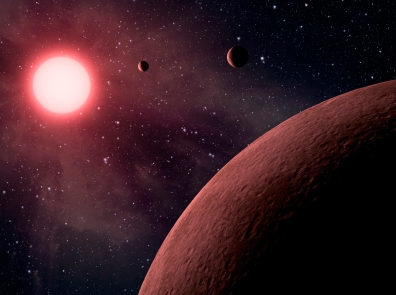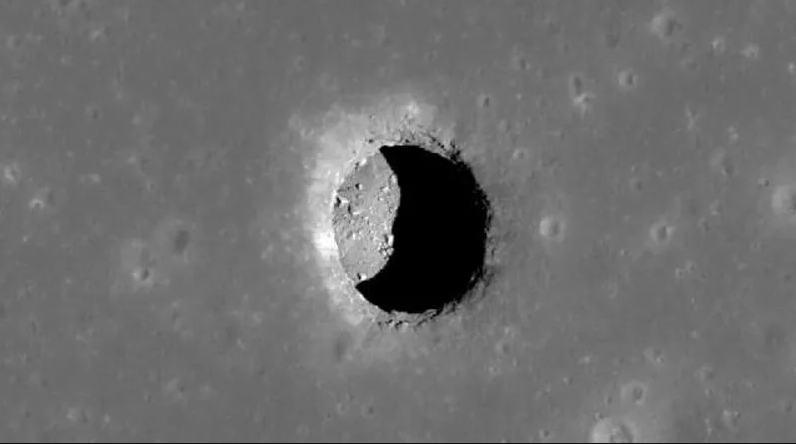
- A-
- A
- A+
Kelt-9b: astronomers discover hottest known giant planet
Twice the size of Jupiter and 650 lights years away, planet found using Kilodegree Extremely Little Telescopes, made with off-the-shelf components.
It is a world like no other. Twice the size of Jupiter and hotter than most stars, the planet sweeps through space with a giant tail of superheated gas stretching out behind it. Life as we know it would not stand a chance.
Named Kelt-9b, the planet was discovered when astronomers spotted the shadow it cast as it crossed the face of its host star 650 light years away in the constellation of Cygnus. The planet is so close to the star that its surface reaches more than 4,300C (7800F), making it the hottest giant planet ever found.
Astronomers observed the distant world from two robotic telescopes in Arizona and Sutherland, to the north of Cape Town in South Africa. Made with off-the-shelf components, the Kilodegree Extremely Little Telescopes (Kelts) were built at a fraction of the cost of conventional multimillion dollar observatories.
The twin telescopes focused on a star called Kelt-9 which at 10,000C (18000F) is nearly twice as hot as the sun. The observations revealed a regular dimming of starlight reaching Earth, the signature of a massive planet swinging around it once every one-and-a-half days.
Atmosphere discovery makes Trappist-1 exoplanet priority in hunt for alien life
The heat bearing down on Kelt-9b is so intense that the planet puffs up like a soufflé to create a world nearly three times as massive as Jupiter but only half as dense. The searing temperature means that molecules such as water, carbon dioxide and methane cannot form there. Instead, metal atoms waft through the atmosphere.
Because the planet is so close to the star it is tidally locked, meaning it shows only one face to the star at all times. “Its atmosphere is almost certainly unlike any other planet we’ve ever seen just because of the temperature of its day side,” said Scott Gaudi at Ohio State University.
The planet is bombarded with such fierce radiation that astronomers believe it may eventually be stripped to its rocky core or evaporated completely. According to their calculations, a flood of UV rays may blast more than 10m tonnes of material off the planet every second.
In the next 200m years, the star will expand to the point that the planet will graze its surface. “Exactly what will happen to the star and the planet at this point is far from clear,” the scientists write in the journal Nature. If the planet is reduced to a barren core, the remnants may carry on orbiting the star just as Mercury orbits the sun. But the world may simply be engulfed and lost forever. “The long-term prospects for life, or real estate for that matter, on Kelt-9b are not looking good,” said Keivan Stassun, professor of astronomy at Vanderbilt University in Nashville, Tennessee.
Similar News
Links


 Elm TV
Elm TV
 Photo
Photo
 Video
Video





